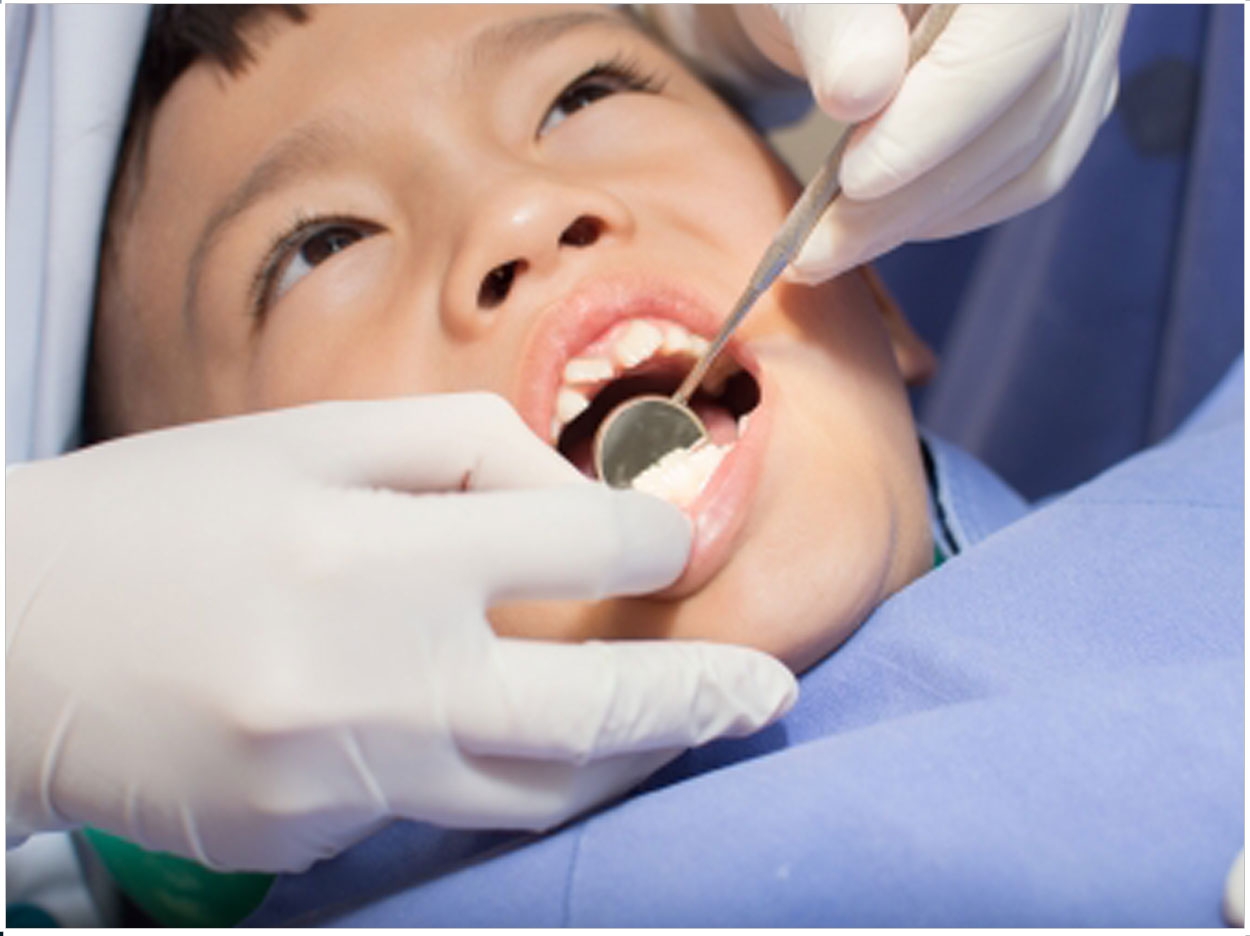
Research has shown that the application of 38% silver diamine fluoride (SDF) is effective in arresting early childhood caries (ECC). SDF isn’t available in some countries, though, so dentists in those locations use an adjunctive application of 25% silver nitrate (AgNO3) and 5% sodium fluoride (NaF) to arrest ECC. One ongoing study is examining the effectiveness of this alternative.
During the randomized, double-blinded, non-inferiority controlled trial, the researchers will systematically compare the efficacy of a 25% AgNO3 solution followed by a 5% NaF varnish with that of a 38% SDF solution when applied at half-yearly intervals throughout a 30-month period. The researchers hypothesize that the adjunctive application of the AgNO3 and NaF won’t be appreciably worse than SDF.
About 3100 children aged 3 and 4 in Hong Kong will be screened, and at least 1070 children with caries will be recruited, allowing for appropriate statistical analysis and an overall 20% dropout rate. They will be randomly allocated into 2 groups to treat their caries during a 30-month period using biannual adjunctive applications of the AgNo3 solution and NaF varnish or the SDF solution and a placebo varnish.
Clinical examinations will be conducted at 6-month intervals. Exams will use a careful visual inspection aided by a disposable World Health Organization Community Periodontal Index probe and a front-surface dental mirror with LED intraoral illumination. Oral hygiene status will be measured using the visible plaque index, with the buccal and lingual surfaces of 6 index teeth examined.
Also, the presence or absence of visible plaque on the caries surface will be recorded along with tooth status, tooth discoloration, and hypermobility. Teeth with a caries lesion extending into the pulp or signs suggesting the teeth are nonvital, such as discoloration, hypermobility, or abscesses, will not be included in the study. Caries will be diagnosed at the cavitation level as well.
A designated experienced outreach dentist will be the examiner throughout the 30-month study. A dental assistant will conduct the allocation, and the examiner will not know the allocation information. Children will not know which solution or varnish they receive throughout the study. Another operator will apply the solution and varnish after the exam.
The outcome measure will be the number of soft (active) caries surfaces that become arrested (hardened) after 30 months. Reports will be submitted to the institutional review board of the University of Hong Kong/Hospital Authority Hong Kong West Cluster. The University Grant Council, Hong Kong is funding the research. For more information, visit trialsjournal.com/content/16/1/426.
Related Articles
ICS and Lidocaine Compared in Preventing Pediatric Pain
Stressed Moms Have Kids With More Cavities
Silver Enlisted to Stop Caries and Extend Filling Lifespans












